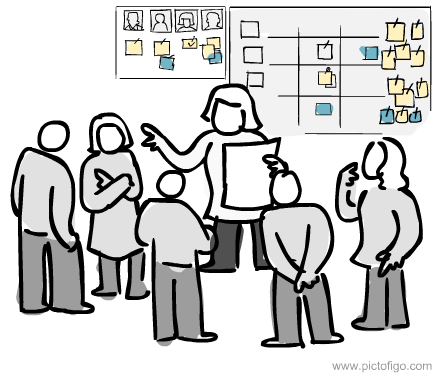Simon Long, our Talent Acquistion Lead here at Fimatix gives his thought on the impact of AI in recruitment.
The candidate shortlist process – a challenge for both sides of the fence – due to the globalisation of talent and sheer volume of potential applicants the reliance on key word searching using skills, location, availability and pay to create a perceived quality shortlist has increased over the years. Many tools have been built to help, in particular with volume recruitment. All candidates have experienced being overlooked by these systems and the less experienced recruiters in an agency or talent function need time, training and experience to know key word searches are just a tiny fraction of the process before they understand the nuances of an application. and what good looks like
For an applicant, cutting through the noise is tough and as applications have become more automated so has the quality of engagement with the market place. Bog standard, impersonal and unhelpful auto rejections that make no sense nor add value. On the flip side, one touch applications meaning agencies and managers receive 100s of profiles, 95% of which are irrelevant for a myriad of reasons, including simple Right to Work.
As AI itself continues to replace jobs and tasks but at the same time create new positions adding value to society, it will be intriguing to see how AI in recruitment is going to be used, especially in terms of DE&I to fill these roles. How will employers attract, assess and attain IT talent pools where the skills needed are no longer the hard, binary type that you either have or don’t have, but degrees of capability in emotion, connection, trust, and empathy.
For years the skills in IT have been quite easily identified and logical, based on exams, certifications, degrees and software specific. Using key words searches those with the “best” qualifications and experience on paper rise to the top of the shortlist for interview. As employers start to place more emphasis on emotional capacity (such as empathy, empowerment, collaboration, inclusive attitudes…) then this way of shortlisting talent will have to change. The difficulty is that all humans have these intrinsic traits at varying levels so on those alone how will we differentiate one application from another?
Tools such as ChatGPT now give millions of people access to enhanced written text so it is obvious that employer and employee alike will produce job descriptions and CVs with these tools. Whilst this is a good thing, how will applicants distinguish themselves from others if an AI has written a job description for the employer and conversely an AI is used to create an application for that role? If both sides of the process are AI produced with a mirrored focus on generic skills, that we all have to some degree, then the task of a talent team or recruiter to recognise quality and potential is going to be paramount.
There is an overarching goal in recruitment – bringing people together to work for a company to achieve its purpose whatever that may be. At the end of the day, people will be the ones to hire other people, procurement functions will buy services from people, candidates will always refer other candidates and cohesive teams no matter the size add more value than individuals alone. With diversity of people comes diversity of thought and representation.
Using AI to improve all of that will need a good understanding of… yes… people. To that end AI should only enhance, never replace the human aspect of recruitment. The role of Talent Management and Recruitment professionals is going to become nuanced. #AI #AIinrecruitment
